American Flag Flies On A Lonely Manx Hillside. The Boeing B-17G Flying Fortress Crash On North Barrule
North Barrule (Manx Gaelic: Baarool Twoaie) is the second highest peak in the Isle of Man (Mannin). It stands at 1842 ft (561.4 m) and from its summit you can get commanding views across the flat Northern plain of the Isle of Man toward the coastline and hills of south west Scotland. There is also a South Barrule (Manx: Baarool Jiass), which though not as tall, standing at 1,585 ft (483 m), is significant in Manx legend as the home of the Celtic god of the sea Manannán mac Lir. The Island’s name is derived from his and he was Mannin’s first ruler and protector. Surrounding the summit of South Barrule are the remains of a Celtic Hillfort. The peaks of both north and south Barrule are popular with hillwalkers and places of great beauty. However, the summits can often be covered in low cloud, known by the Manx as ‘ Manannán’s Cloak’, it is unpredictable and can close in at any time.
It was into the mist surrounding North Barrule that a USAAF Boeing B-17G Flying Fortress flew on the morning of 23 April 1945. The aircraft crashed into the side of the mountain resulting in the worst air accident on the Island. The plane was on a peaceful mission, taking men from the United States Army Air Force base at Ridgewell in England to Nutt’s Corner in the north of Ireland for a period of leave. An account of the accident is given in the book ’Fatal Flight’ by Steve Poole, a copy of which is kept at the Manx Aviation Museum. It describes how: ‘At 10.15 am the aircraft was approaching the north east coast of the Isle of Man. Harold Ennett of The Crofts, Hibernia, was working that morning at Margher-e-Kew Farm where he was employed as a tractor driver. At 10.20 am he noticed a four engined, silver coloured aircraft flying in from the coast. He estimated its height at no more than 500ft; he could clearly see the star on its wing as it passed over. He stared at it in terror, as he realised it was flying straight towards the mist-covered slopes of North Barrule. He lost sight of it after a few seconds as it disappeared into the mist. Moments later Mr. Ennett heard a terrific explosion. He dropped back into his tractor seat and bowed his head; he knew exactly what had happened!’
Those 31 young American men lost their lives on a cloud-covered rocky hillside that day. Far from home on a small Celtic island in the Irish Sea that many of them would never have heard of. However, these men are not forgotten. The story of the crash is told in an exhibit in The Manx Aviation Museum on the Isle of Man. On the steep slopes of Barrule at the site of the crash stands a flag pole and there is a plaque. Even after all of these years there remains debris from the crash and scars in the hillside from the impact can still be seen. Every year the American flag is flown there in a ceremony to honor the men. The flag of the United States of America (Manx: Steatyn Unnaneysit America) flies proudly on this lonely Manx peak, hoisted by Mike Corlett from Laxey who makes the ascent up the steep slopes of Barrule. Now over 80 he remembers the crash happening as a boy.
Those who lost their lives:
Capt Charles E. Ackerman
Cpl Earl G. Ammerman
Cpl Edward G. Bailey
Pvt Andrew R. Barbour
1st Lt John P. Fedak
Cpl Thomas P. Flaherty
T/Sgt William E. Geist
M/Sgt Edward Z. Gelman
S/Sgt Ralph L. Gibbs
T/Sgt Joseph L. Gray
Cpl Herbert C. Gupton
T/Sgt Wesley M. Hagen
Sgt Irwin R. Hargraves
1st Lt Wayne W. Hart
1st Lt James M. Hinkle
F/O Edwin A. Hutcheson
Sgt Michael J. Kakos
T/Sgt David H. Lindon
S/Sgt Wayne K. Manes
Sgt Jose M. Martinez
S/Sgt Alfred M. Mata
1st LT Martin M. Matyas
Cpl Leslie H. Maxwell
Tec 5 Walter A. McCullough
1st Lt Lawrence E. McGhehey
Tec 4 Andrew Piter
Pfc Angelo Quagliariello
Cpl Merle L. Ramsowr
T/Sgt Joseph W. Sullivan
Cpl Harry Super
Sgt Edwin C. Ullmann
Images below are of Barrule. The crash site. Images of the aircraft before the accident and remains of the aircraft after the accident.
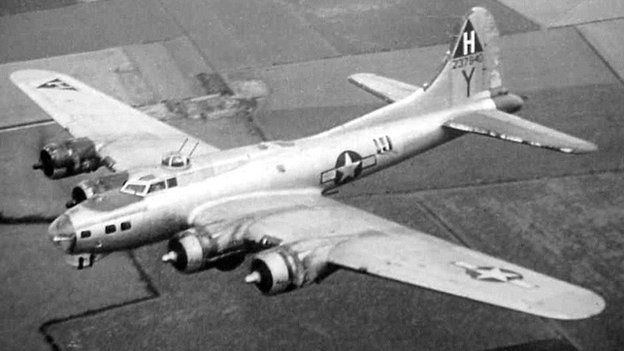
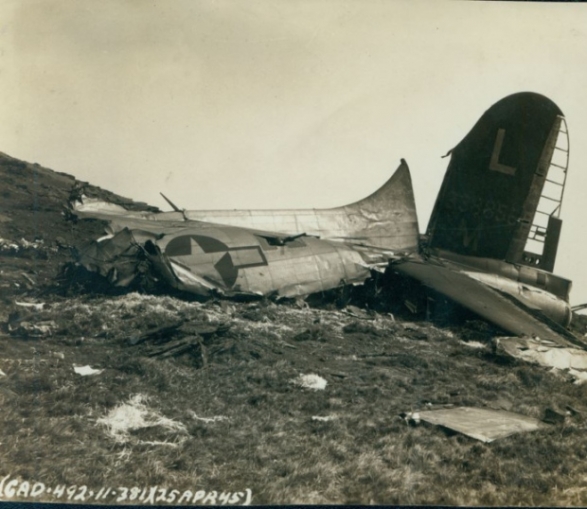
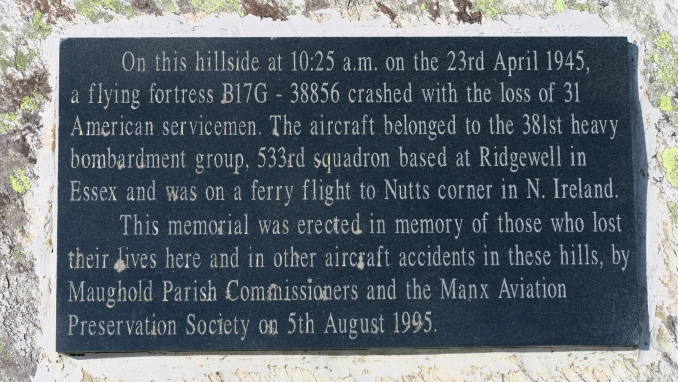
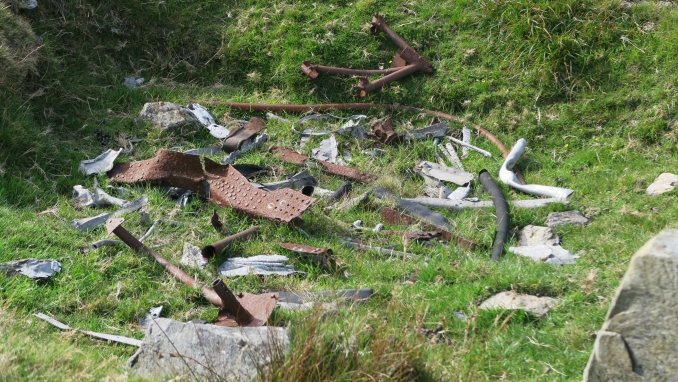
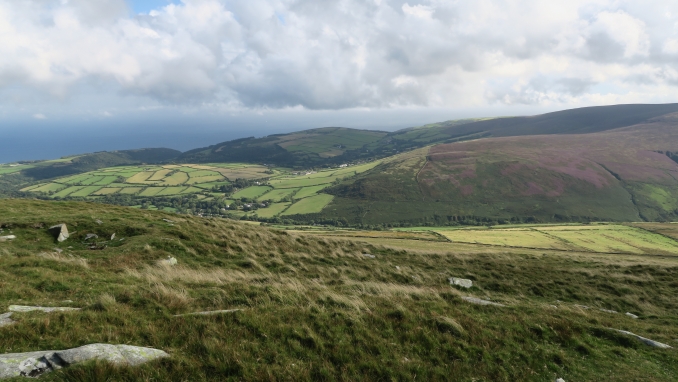
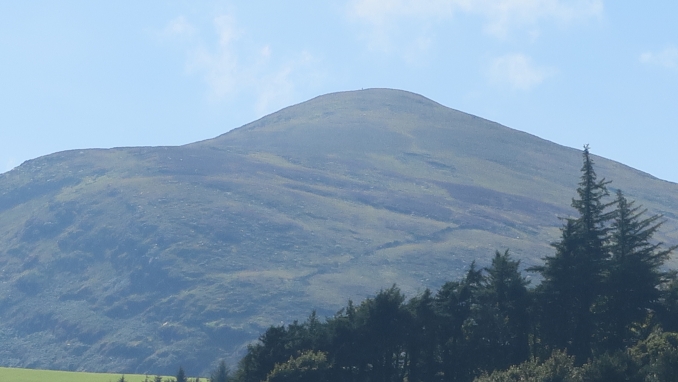
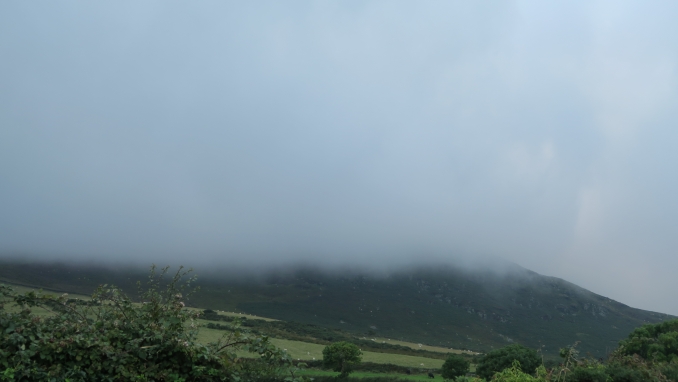
- Alastair Kneale's blog
- Log in to post comments






